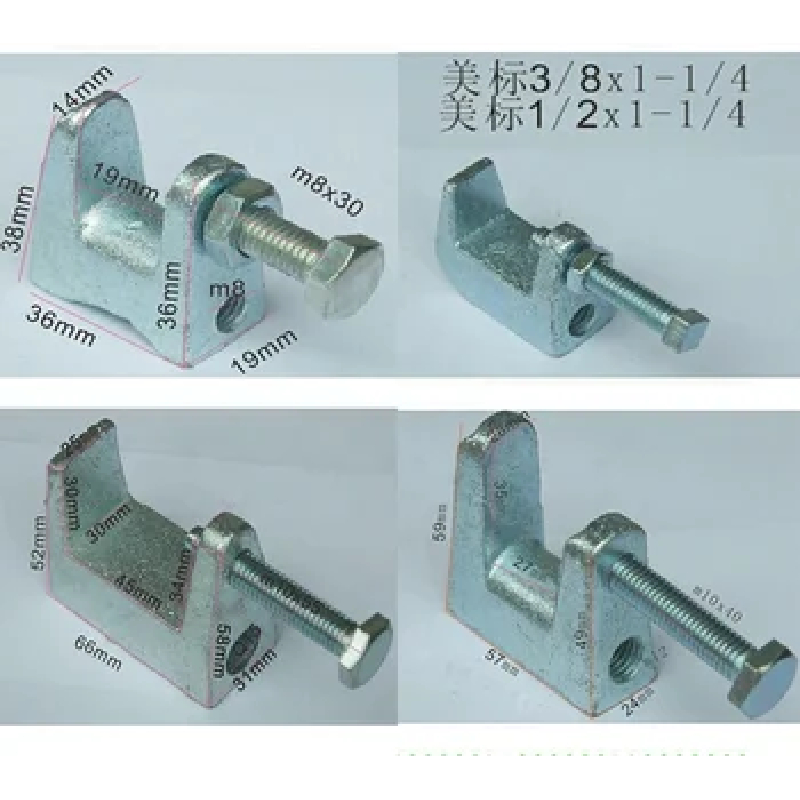Sep . 04, 2024 20:35 Back to list
self drilling rock anchor
Self-Drilling Rock Anchors A Comprehensive Overview
Self-drilling rock anchors are innovative solutions widely utilized in geotechnical engineering for ground stabilization and construction projects. These anchors offer several advantages over traditional drilling methods, making them a preferred choice in challenging environments.
Self-Drilling Rock Anchors A Comprehensive Overview
One of the critical features of self-drilling rock anchors is their ability to combine drilling and anchoring in a single operation. This dual function saves significant time and resources, as it eliminates the need for separate drilling equipment and anchor installation processes. The installation begins with a hollow bar that serves as both the drill and the anchor. Once the bar is advanced into the ground, the drilling process is achieved with minimal disruption to the surrounding environment.
self drilling rock anchor

The installation process of self-drilling rock anchors typically involves the use of a specialized drilling rig. As the hollow bar is drilled into the ground, grout is injected through the bar to bond it with the surrounding soil or rock. This grout not only enhances the load-bearing capacity of the anchor but also helps to stabilize the surrounding material, mitigating the risk of collapse or landslides in vulnerable areas. The ability to utilize different types of grout formulations further enhances the performance of self-drilling rock anchors, allowing engineers to tailor solutions to specific project needs.
Another advantage of self-drilling rock anchors is their adaptability. They can be employed in various applications, from retaining walls and slope stabilization to temporary support for excavation sites. Their versatility extends to use in underwater projects, where traditional anchoring systems may fall short. Moreover, advancements in technology have led to the development of more robust materials and design methodologies, enhancing the overall efficiency and reliability of these anchors.
In terms of environmental impact, self-drilling rock anchors tend to produce less noise and vibration compared to traditional anchoring methods. This characteristic makes them suitable for urban areas or locations where minimizing disruption is essential. Additionally, their capacity for rapid installation contributes to shorter project durations, further reducing the overall environmental footprint.
In conclusion, self-drilling rock anchors represent a significant advancement in geotechnical engineering, offering efficient, flexible, and environmentally responsible solutions for ground stabilization. As construction demands continue to evolve, these anchors will likely play an increasingly important role in ensuring the safety and stability of structures worldwide.


